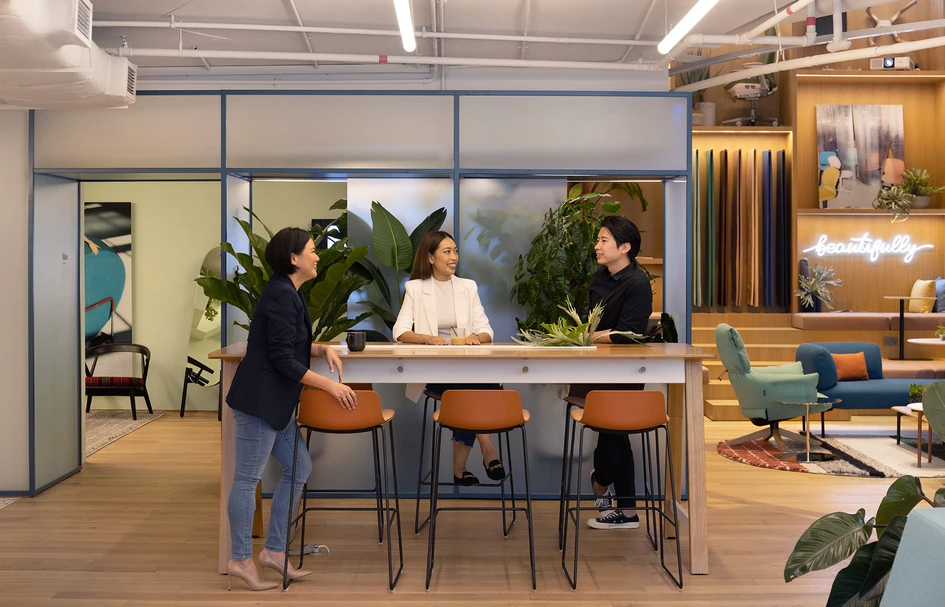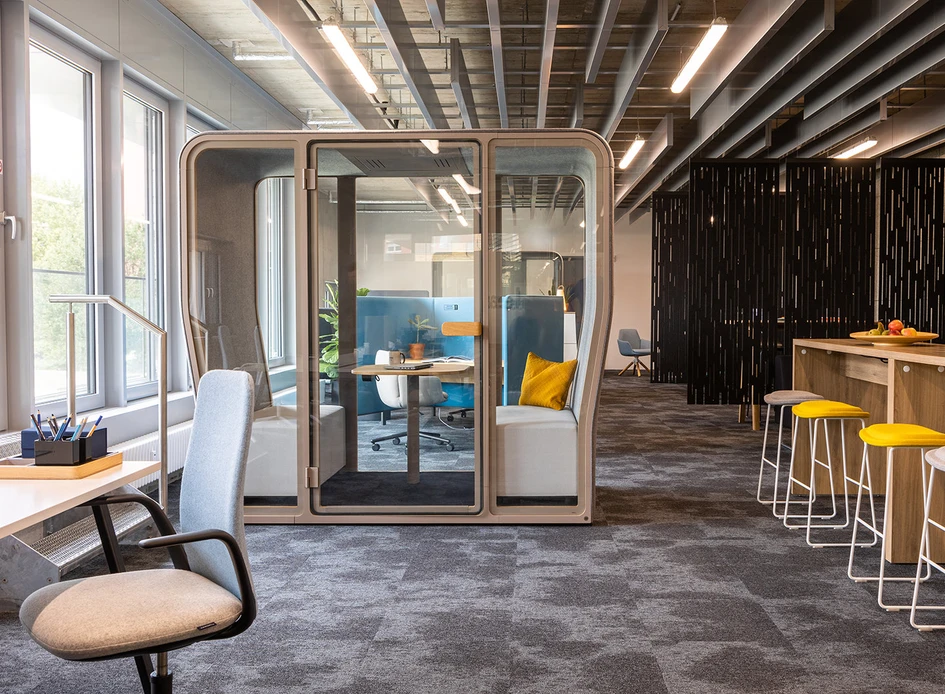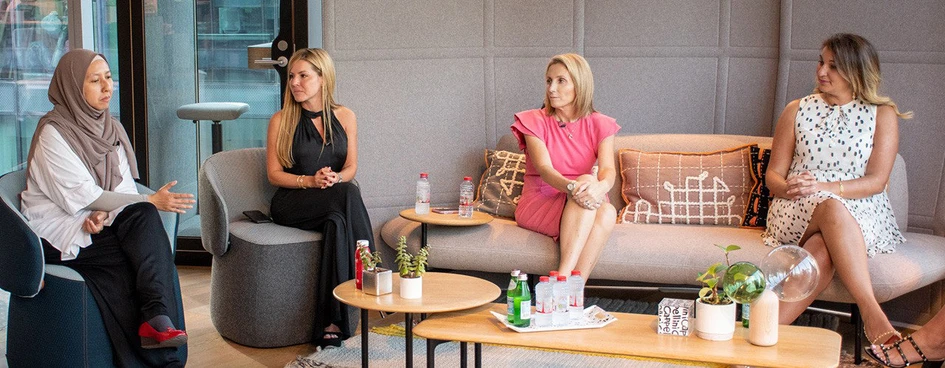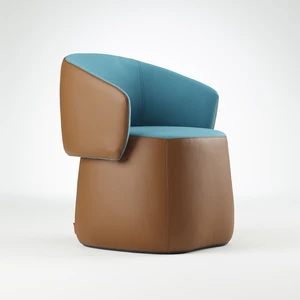Making workspaces inclusive through design
Global office furniture brand Haworth's concept of inclusion stretches well beyond simply accommodating disabilities, rather it involves a far-reaching philosophy that puts the well-being of all users in primary focus.
giugno 13, 2023 | 10:00 pm CUT

Hands up who knows what inclusive design is? It is, after all, something all interior professionals, be they office designers or the architects of public buildings, need to know, but is not always easily defined. Gail Napell, who is a sustainability and inclusive design strategist at Gensler – the San Francisco-based leaders in interior architecture – has answers. ‘Inclusive design makes spaces and places healthier, safer and more convenient for everyone,’ she begins, during a conversation with John Scott, a workplace design strategist at office furniture specialists Haworth, a brand equally entrenched in the topic.

All-inclusive design
When we talk about inclusive design today, we are not just talking about making people with physical disabilities comfortably accommodated with accessibility and convenience. That’s covered by universal design codes. ‘Inclusive design goes that extra step,’ continues Napell, ‘to say, “Let's look at all the aspects of a human being – not just our physical size and shape, but also mobility, age, gender, race, socioeconomic status, cognitive abilities or disabilities.” Inclusive design aims to capture all of those wonderful things that make up human beings.’ Capture them, that is, and provide for all these visible and invisible differences in a way that increases efficiency among employees and associates alongside their physical and psychological comfort.
"
‘Let's look at all the aspects of a human being – not just our physical size and shape, but also mobility, age, gender, race, socioeconomic status, cognitive abilities or disabilities’
Practically, this means including the work population in the nascent design or redesign of a workplace so that all essential considerations are met. ‘The workplace is a venue for social impact, and it's important to have spaces that are legible to all for psychological safety,’ says Haworth. ‘We need to be inclusive of diverse individuals by creating spaces together.’


Modelling diversity
Haworth has identified a number of areas for attention which include providing choice in space and work equipment; providing a variety of techniques or devices for people with sensory limitations; arranging settings to eliminate physical hazards and barriers; ensuring tools can be used well with minimum physical discomfort; keeping work tools within reach or sight and accommodating remote working by furnishing home offices with essential equipment.
"
As a global company, Haworth is invested in developing a deep-rooted understanding of what diversity and inclusion mean for its own global operations
As a global company, Haworth has a twofold interest in this hot topic – it is invested in developing a deep-rooted understanding of what diversity and inclusion mean for its own global operations; among current actions, is enhancing female representation in all levels of the business, for example. But as a furniture maker who has always had an eye on evolving work practices and culture, it is also essential that it pursues, turns over and interrogates the subject to provide future workspaces with the furnishing options to comfortably accommodate all-comers.

Finding answers in furniture design
With all companies keen to improve this aspect of their business, the gathered intelligence that Haworth is investing in its new designs can be key to others making changes, too. It might, for example, help to address the divergent ways different cultures interact with the means to make appropriate meeting and social areas – providing colours that resonate or designed spaces that are technologically equipped for their precise functions.
The designs can also address the needs of neurodivergent individuals by promoting clear sightlines, assisting with wayfinding and accommodating sensitivities to light, sound, smell and colour. By incorporating these considerations, a new design can aid in the integration and well-being of diverse individuals.

Part of aiming to furnish a space for everyone, however, is understanding that it might not be possible to satisfy all, but that flexibility and increased choice can push towards it. While Haworth meets the moral and social responsibilities to design and plan inclusively for all its employees and associates, its output is increasingly adaptable to divergent needs, informed by its learnings. And its learnings are something it shares liberally through podcasts and writings on its website. Now that’s truly all-inclusive.
© Architonic
Galleria del progetto



















